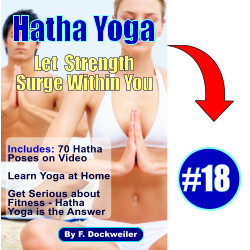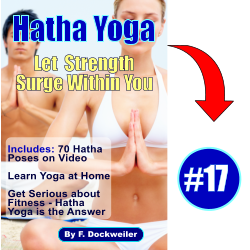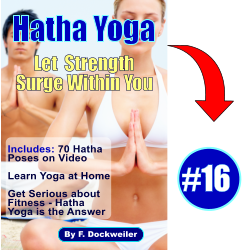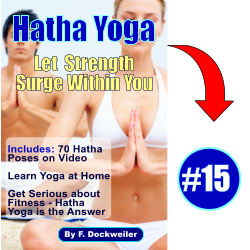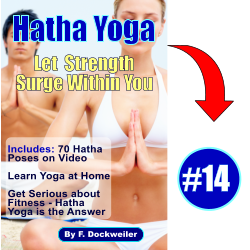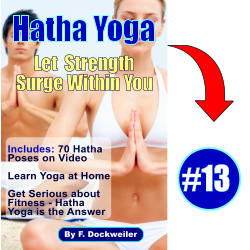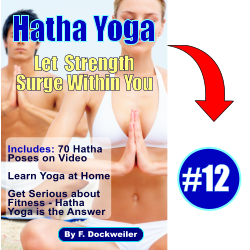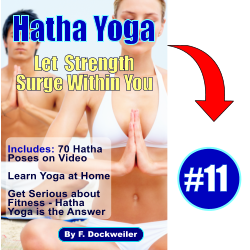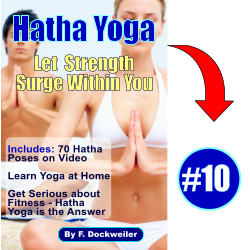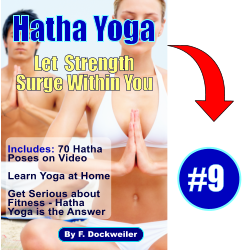There’s a natural high that comes from dedicated running, and this is due to the production and release of endorphins that can alter your mood and make you feel extremely happy. That’s why many runners push themselves to the limit, and even beyond, to fully enjoy the highly pleasurable effects that come during and after exertion.
But the thing is, too much pushing can lead to physical problems – pulled muscles, cramped nerves, exhaustion, to name but a few. That’s where yoga for runners can step in to prevent such problems from occurring.
Yoga for Runners: The Need for Speed
While not all runs are competitive, runners for the most part, often feel a need for speed. That’s why there are runners who ask how something that’s relatively slow and gentle like Hatha Yoga can benefit people like them who thrive on the adrenaline rush that comes from a strenuous and fast-paced activity like running.
The fact is, there isn’t really much of a contradiction to begin with. That’s because even the most well-conditioned and professional runners still have to contend with the limitations of their physical bodies.
Everything involved in running, every part of your body that receives an impact when you run can get damaged over time by such a demanding activity. Your neck, shoulders, arms, elbows, spine, thighs, knees, legs, ankles, and even the soles of your feet have to put up with the pounding rhythms of a run.
Yoga for Runners: A Therapeutic Exercise
In that regard, think of yoga for runners as a therapeutic break from all the jarring that your body takes each time you go on a run. Yoga deep breathing exercises are good for the lungs and the cardiovascular system. Yoga stretches can promote flexibility and endurance. Yoga meditation can improve focus which leads to steady thought processes. All of these contribute hugely to fine-tuning your runner’s body.
The videos that are an integral part of this guide will guide you on which poses are best to practice on. Familiarize yourself with poses such as the Pigeon Pose (Eka Pada Rajakapotasana in Sanskrit) and keep on practicing to gain the full benefits of using yoga for runners.
Below is a demonstration video with the yoga pose “Low Runners Lunge”. When doing this runners pose, be sure to work on both your right and left side. You wouldn’t want to be running in circles would you?
Video Demonstration of the Low Runners Lunge – Right:
If you’ve been reading our other Hatha Yoga articles then you already know that you can get access to our full set of yoga poses on video when you subscribe to the MyFitnessNut.com Newsletter. Next we’ll work on helping you learn the “Warrior Pose” which like the Runners Pose, cultivates strength and endurance.
